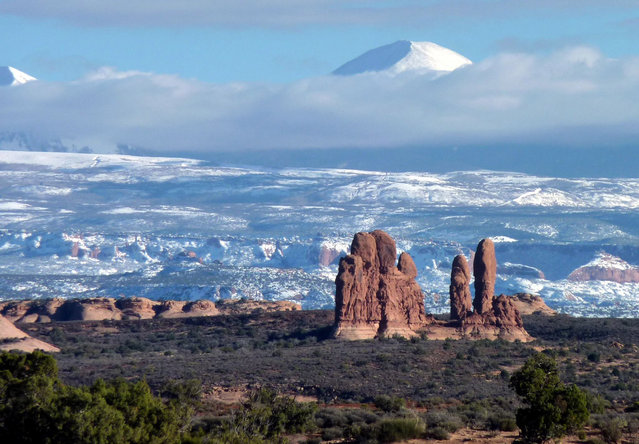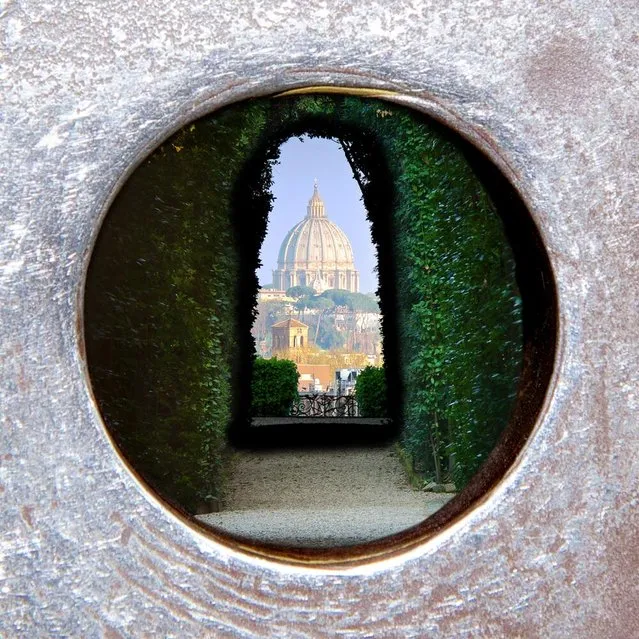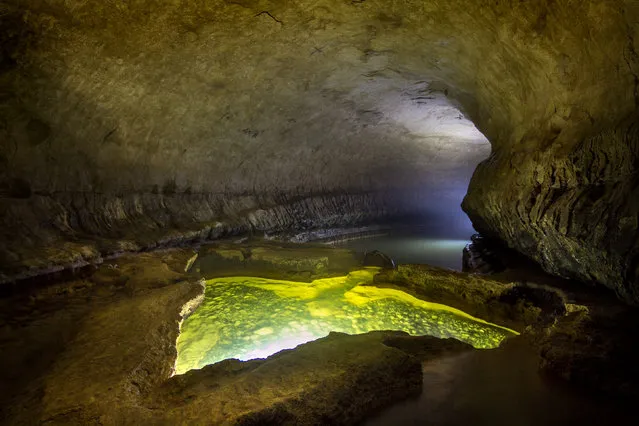
These stunning images look to highlight the amazing natural beauty that can be found across the United States. The U.S. Department of the Interior (DOI) recently released their Best of 2015 list, featuring a variety of animals, weather conditions and landmarks. Included in the list are gleaming auroras, adorable groups of otters and owls, and breath-taking shots across the likes of the Grand Canyon and national parks. Each of the spectacular shots, all of which were taken during 2015, featured on the Department of the Interiors Instagram account throughout the year, taken by both members of staff and members of the public. Here: Arches, National Park. (Photo by Caters News)
21 Dec 2015 08:06:00,post received
0 comments







